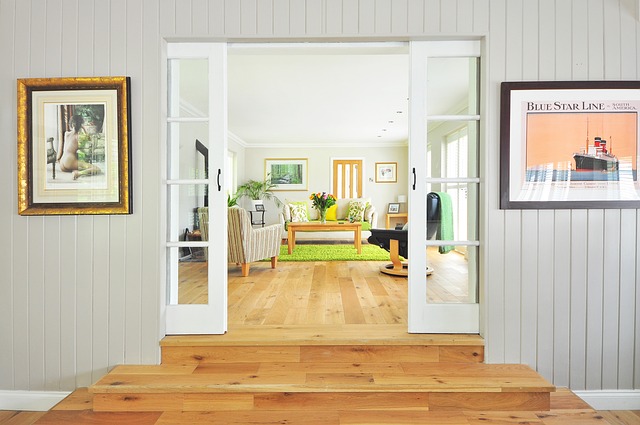This article discusses creating a safe environment for your pets. This includes providing them with adequate nutrition, ensuring their physical and mental health, and taking steps to prevent accidents and injuries. By following these tips and recommendations, you can help keep your furry friends happy and healthy.
Understanding the needs of your pet is crucial in creating a safe environment for them. This includes recognizing signs of stress, anxiety, or illness, and taking action to address these issues promptly. Regular veterinary check-ups can also help identify potential health problems early on, allowing you to take preventative measures to ensure your pet’s well-being.
Providing a stable and predictable environment is essential for pets. This includes maintaining a consistent routine, providing a safe space for them to rest and relax, and minimizing changes or disruptions to their daily life. A secure enclosure or fencing can also help prevent escape attempts or unwanted interactions with other animals.
Adequate nutrition and hydration are critical components of creating a safe environment for your pets. Feeding a balanced diet that meets your pet’s nutritional needs is essential, as well as ensuring access to fresh water at all times. You may need to consult with a veterinarian to determine the best diet for your pet based on their age, size, breed, and health status.
Creating a safe environment also involves taking steps to prevent accidents and injuries. This includes securing toxic substances or hazardous materials out of reach, removing any hazards such as loose wires or sharp objects, and ensuring that any medications or cleaning supplies are stored safely. Regular cleaning and disinfection of areas where your pet spends most of its time can also help reduce the risk of illness.
Regular exercise and mental stimulation are also essential for creating a safe environment for pets. Providing opportunities for physical activity and playtime can help maintain their physical health, while also reducing stress and boredom. You may need to consult with a veterinarian or animal behaviorist to develop a plan that meets your pet’s specific needs.
Another important aspect of creating a safe environment is socialization. Introducing your pet to new people, places, and experiences can help build their confidence and reduce the risk of anxiety or aggression. However, it’s essential to do this in a controlled and gradual manner to avoid overwhelming your pet.
Creating a safe environment for your pets also involves being prepared for emergencies. This includes having a first aid kit on hand, knowing what to do in case of an accident or illness, and having a plan in place for evacuating your pet during natural disasters or other crises.
Your pet’s safety is ultimately up to you as their owner. By following these tips and recommendations, you can help create a safe and healthy environment that meets your pet’s needs and promotes their overall well-being.
For more information on creating a safe environment for your pets, be sure to check out the following resources:
How to Choose the Right Pet Insurance Plan
Understanding Pet Nutrition and Diet
Pet safety tips | The Humane Society of the United States
By taking the time to create a safe and healthy environment for your pet, you can help ensure their overall well-being and happiness. Remember, every pet is different, so it’s essential to tailor your approach to meet their unique needs and personality.
Always consult with a veterinarian or animal behaviorist if you have any concerns about your pet’s safety or health. They can provide personalized advice and recommendations to help you create the best possible environment for your furry friend.

